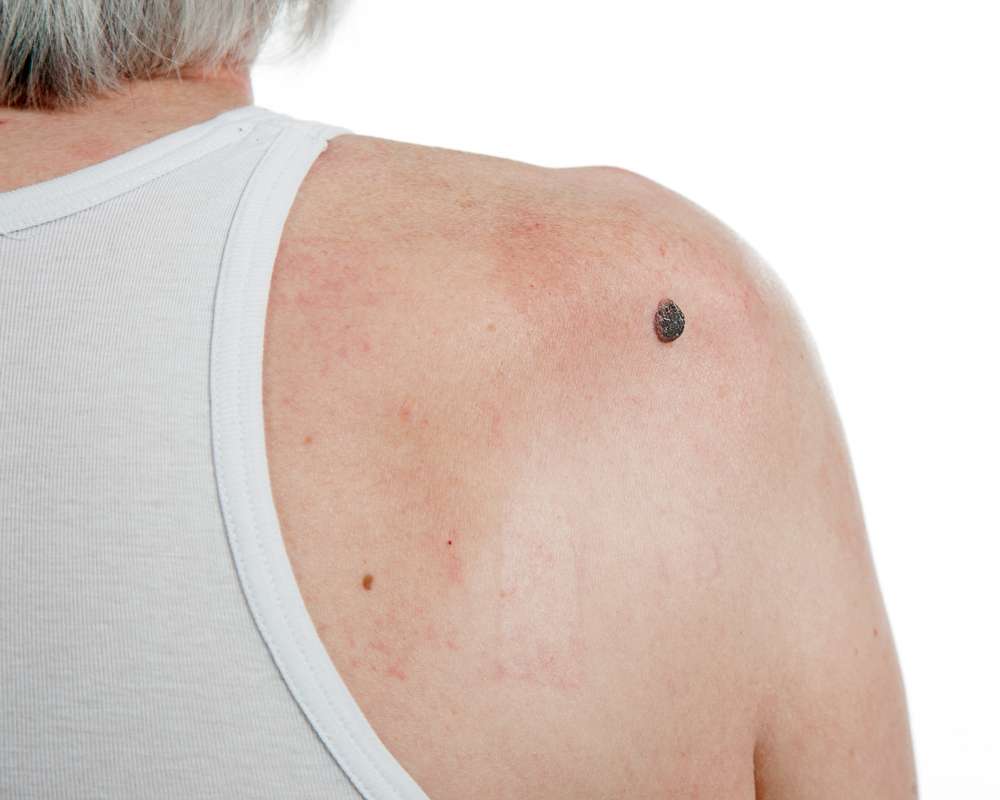Invisible Dentures UK 2025 Benefits vs Traditional Dentures Explained
Modern denture technology now offers nearly invisible options that blend with gums. Invisible dentures are changing dental prosthetics in the UK by improving aesthetics and comfort. This article explains what they are, how they work, and their advantages over traditional dentures in 2025.

The landscape of dental prosthetics has transformed dramatically over recent years, with invisible dentures emerging as a sophisticated alternative to conventional tooth replacement options. These advanced dental appliances utilise cutting-edge materials and precision engineering to deliver superior comfort, functionality, and aesthetic appeal compared to their traditional counterparts.
What Are Invisible Dentures and How Do They Work?
Invisible dentures represent a significant advancement in prosthetic dentistry, designed using translucent or tooth-coloured materials that mimic the natural appearance of gums and teeth. Unlike conventional dentures that often rely on metal clasps or obvious pink acrylic bases, invisible dentures incorporate flexible thermoplastic materials such as nylon or specialised resins that blend seamlessly with existing oral structures.
The construction process involves detailed digital impressions and computer-aided design technology, allowing dental technicians to create precisely fitted appliances that conform to the unique contours of each patient’s mouth. These dentures typically feature flexible clasps that wrap around natural teeth without the metallic appearance associated with traditional partial dentures, while complete invisible dentures utilise advanced suction techniques and biocompatible materials for secure retention.
How Do Invisible Dentures Compare to Traditional Dentures?
The fundamental differences between invisible and traditional dentures extend beyond mere appearance, encompassing functionality, durability, and patient experience. Traditional dentures, typically constructed from acrylic resin with metal components, have served patients effectively for decades but often present challenges related to comfort, retention, and social confidence.
Invisible dentures address many limitations of conventional prosthetics through innovative material science and manufacturing techniques. The flexible nature of thermoplastic materials used in invisible dentures allows for better adaptation to oral tissues, reducing pressure points and improving overall comfort. Additionally, the absence of metal clasps eliminates the risk of allergic reactions and provides superior aesthetic outcomes, particularly important for patients with visible smile lines.
Traditional dentures often require periodic adjustments and relines as oral tissues change over time, while invisible dentures maintain their fit longer due to the flexible properties of their construction materials. However, traditional dentures may offer greater durability in certain situations and typically present more cost-effective options for patients with budget constraints.
Aesthetic Differences
The visual impact of invisible dentures compared to traditional alternatives represents perhaps the most significant advantage for many patients. Conventional partial dentures frequently feature metal clasps that become visible during speaking, eating, or smiling, potentially causing embarrassment and self-consciousness. Complete traditional dentures may also appear artificial due to the uniform colour and texture of standard acrylic materials.
Invisible dentures eliminate these aesthetic concerns through careful colour matching and translucent materials that interact with light similarly to natural tooth enamel and gum tissue. The absence of visible metal components allows patients to speak and smile confidently without revealing the presence of prosthetic devices. Advanced manufacturing techniques enable dental technicians to incorporate subtle variations in colour and texture that replicate the natural irregularities found in biological teeth and gums.
The psychological benefits of improved aesthetics cannot be understated, as patients report increased confidence in social situations and reduced anxiety about their dental appearance when wearing invisible dentures compared to traditional alternatives.
Comfort and Fit
Comfort represents a critical factor in denture success, directly impacting a patient’s ability to eat, speak, and function normally throughout daily activities. Traditional dentures, while functional, often create pressure points and may cause irritation during the adjustment period as patients adapt to their presence.
Invisible dentures typically provide superior comfort due to their flexible construction materials and precision fit. The thermoplastic materials used in these appliances adapt to the natural contours of oral tissues, distributing bite forces more evenly and reducing the likelihood of sore spots or ulceration. The flexibility of invisible denture materials also allows for natural movement during speaking and chewing, creating a more natural feel compared to rigid traditional dentures.
Retention mechanisms in invisible dentures often prove more effective than conventional alternatives, as flexible clasps can engage undercuts on natural teeth more securely without causing damage or discomfort. Complete invisible dentures utilise advanced suction techniques and may incorporate implant attachments for enhanced stability, reducing the need for denture adhesives that many patients find inconvenient.
| Denture Type | Provider Examples | Cost Estimation | Key Features |
|---|---|---|---|
| Traditional Acrylic | NHS Dental Services | £200-£600 | Metal clasps, standard materials |
| Flexible Partial | Bupa Dental Care | £800-£1,500 | Thermoplastic clasps, improved aesthetics |
| Premium Invisible | Denplan Practices | £1,200-£2,800 | Advanced materials, custom colour matching |
| Implant-Retained | Private Dental Clinics | £2,000-£5,000 | Enhanced retention, superior comfort |
Prices, rates, or cost estimates mentioned in this article are based on the latest available information but may change over time. Independent research is advised before making financial decisions.
The choice between invisible and traditional dentures ultimately depends on individual patient needs, aesthetic preferences, and financial considerations. While invisible dentures offer significant advantages in comfort, appearance, and functionality, traditional options remain viable solutions for many patients, particularly those seeking cost-effective tooth replacement.
Patients considering either option should consult with qualified dental professionals to evaluate their specific circumstances and determine the most appropriate treatment approach. Factors such as remaining natural teeth, oral health status, lifestyle requirements, and personal preferences all influence the decision-making process.
This article is for informational purposes only and should not be considered medical advice. Please consult a qualified healthcare professional for personalized guidance and treatment.




